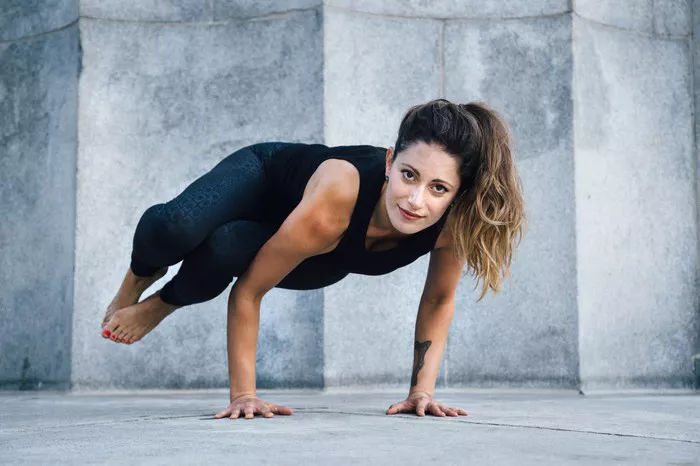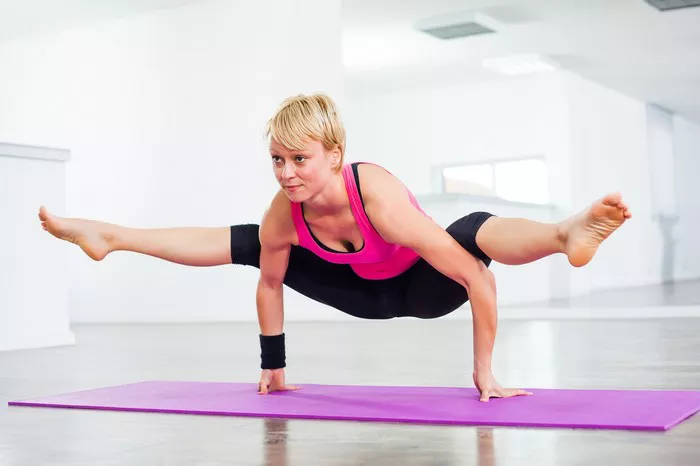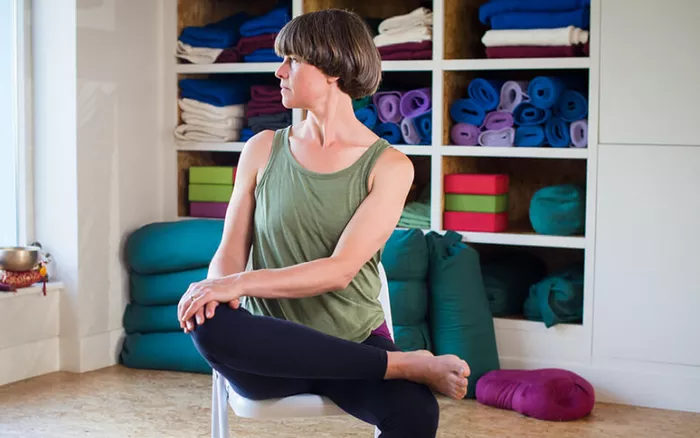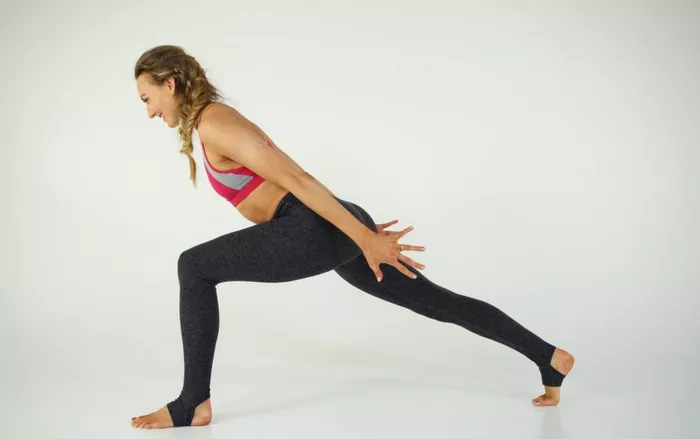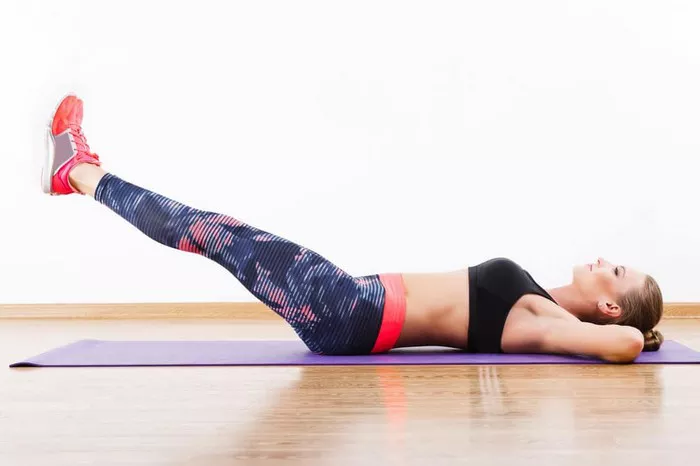Surya Namaskar, also known as Sun Salutation, is one of the most popular and beneficial sequences in yoga practice. It’s an ancient sequence of postures designed to warm up the body, increase flexibility, and energize the mind. However, like with all yoga practices, the key to unlocking its full potential lies not only in the physical movements but also in the breath. The way we breathe during Surya Namaskar plays a crucial role in ensuring the practice is effective and offers maximum benefits.
In this article, we will explore how to breathe while doing Surya Namaskar, focusing on the techniques that allow you to synchronize your breath with your movements. We will also delve into the importance of breathing in yoga, how it enhances your practice, and provide detailed step-by-step instructions for each phase of Surya Namaskar.
The Importance of Breath in Yoga
Before diving into the specifics of Surya Namaskar, it’s essential to understand the significance of breath in yoga. In the practice of yoga, breath is not merely a physical act but an essential aspect of the mind-body connection. The term “pranayama” refers to the control and regulation of breath, which is a key component of yoga practice. Breath serves as a bridge between the body and mind, helping to calm the nervous system, increase focus, and promote relaxation.
When we practice yoga, especially dynamic sequences like Surya Namaskar, breathing deeply and consciously enhances the flow of prana (life force energy) in the body. It helps us maintain focus, prevents injury, and facilitates smooth transitions between postures. In essence, conscious breathing transforms the yoga practice into a moving meditation.
How Breathing Affects Your Surya Namaskar Practice
In Surya Namaskar, the sequence of movements is meant to be fluid and continuous, with each posture flowing seamlessly into the next. When you breathe in harmony with your movements, it enhances the effectiveness of the practice, improves posture alignment, and increases your stamina. Conversely, improper breathing can disrupt the flow, cause tension, and lead to fatigue.
The basic principle of Surya Namaskar breathing is to match your inhales and exhales with specific movements. Generally, you inhale when expanding the chest or stretching upward, and exhale when folding forward or contracting the body. But to truly master the breath during Surya Namaskar, understanding the breath patterns in relation to each asana (posture) is critical.
Let’s take a look at how to breathe during the individual steps of Surya Namaskar.
Step-by-Step Breathing Guide for Surya Namaskar
Surya Namaskar is typically performed in a sequence of 12 postures. Below is a breakdown of how to breathe during each posture of Surya Namaskar.
1. Pranamasana (Prayer Pose)
Breath In: Begin in the standing position with feet together. Inhale deeply and raise your arms overhead, joining the palms together in prayer. This posture sets the foundation for the entire practice.
Breath Out: As you settle into this pose, focus on grounding your feet and breathing calmly.
2. Hastauttanasana (Raised Arms Pose)
Breath In: On your inhale, lift your arms up and back, reaching toward the sky. Ensure that your chest opens and your back arches gently.
Breath Out: Do not exhale here yet, as your body needs to remain open during this stretch.
3. Padahastasana (Hand to Foot Pose)
Breath Out: As you exhale, slowly fold forward from your hips, keeping your legs straight as you lower your hands to the floor beside your feet. If your flexibility allows, try to touch the floor with your palms or fingertips.
Breath In: If your hamstrings are tight, bend your knees slightly. Continue focusing on lengthening the spine and stretching the hamstrings. You can take a deep inhale here to lengthen your spine before proceeding.
4. Ashwa Sanchalanasana (Equestrian Pose)
Breath In: Step your right leg back into a lunge position. Lower your hips and gently press your chest forward. As you do so, inhale deeply and expand your chest, lengthening the spine.
Breath Out: On the exhale, gently deepen the lunge, opening the hips, and engaging the core.
5. Dandasana (Plank Pose)
Breath In: Bring your left foot back to meet your right foot, forming a straight line from your head to your heels. On the inhale, create tension through the entire body, engaging your core, legs, and arms.
Breath Out: Hold this position for a few breaths, maintaining a strong and stable posture. Be mindful to avoid sinking the hips or arching the back excessively.
6. Ashtanga Namaskara (Salute with Eight Limbs)
Breath Out: From the plank pose, exhale as you lower your body to the floor. Keep your body in a straight line, and lower your knees, chest, and chin to the mat. This pose is known as the “eight-limbed salute” because eight body parts (both knees, chest, chin, and both hands) touch the ground.
Breath In: As you transition into the next posture, prepare for Cobra Pose (Bhujangasana).
7. Bhujangasana (Cobra Pose)
Breath In: Inhale deeply as you lift your chest and upper abdomen off the floor, using your back muscles to lift, rather than pushing through your hands. Your elbows should be slightly bent, and your chest should expand as you open your heart.
Breath Out: Keep your breath steady as you hold the pose, keeping the body engaged while avoiding excessive strain.
8. Adho Mukha Svanasana (Downward Facing Dog Pose)
Breath Out: Exhale as you press into your hands and lift your hips up and back, forming an inverted “V” shape. Focus on stretching your hamstrings and lengthening your spine.
Breath In: As you lengthen your spine in the pose, take a deep breath, relaxing your neck and face.
9. Ashwa Sanchalanasana (Equestrian Pose)
Breath In: Inhale and step your right foot forward between your hands, coming back into the lunge position. Keep the chest open and the hips low.
Breath Out: You can deepen the stretch on the exhale, engaging your core and stabilizing the posture.
10. Padahastasana (Hand to Foot Pose)
Breath Out: Exhale as you fold forward again, bringing your chest toward your thighs and your hands toward the floor.
Breath In: Lengthen your spine in this forward fold, breathing deeply to allow your body to relax into the stretch.
11. Hastauttanasana (Raised Arms Pose)
Breath In: Inhale and rise back up to standing, reaching your arms overhead and gently arching your back.
Breath Out: Exhale and return to standing.
12. Pranamasana (Prayer Pose)
Breath Out: Conclude the sequence by bringing your palms together in front of your heart, grounding your energy and closing the practice with gratitude.
Synchronizing Breath with Movement
One of the most critical aspects of Surya Namaskar is coordinating your breath with the movement. This synchronization ensures a smooth, flowing practice, allowing your body to move more efficiently while maintaining mental clarity and focus.
Ujjayi Breath in Surya Namaskar
While performing Surya Namaskar, many practitioners use Ujjayi breath, also known as “victorious breath.” This technique involves slightly constricting the back of the throat while breathing, which creates a soft, ocean-like sound. Ujjayi breath helps regulate the breath, keeping it steady and consistent throughout the sequence.
To practice Ujjayi breath:
- Inhale deeply through the nose, feeling the air fill your lungs.
- Gently constrict the back of your throat (as if you’re fogging up a mirror) to create a soft sound.
- Exhale slowly through the nose, maintaining the same throat constriction.
- Focus on the sound of your breath to bring awareness to the present moment.
Using Ujjayi breath in Surya Namaskar allows you to maintain rhythm, focus, and stability in the practice.
Benefits of Proper Breathing in Surya Namaskar
Breathing correctly during Surya Namaskar brings numerous benefits, including:
Improved Oxygen Flow: Conscious breathing increases the flow of oxygen to the muscles, enhancing endurance and stamina during the practice.
Enhanced Flexibility: Proper breath control helps release tension in the body, making it easier to deepen stretches and improve flexibility.
Stress Reduction: Focused breathing activates the parasympathetic nervous system, which helps to calm the mind and reduce stress levels.
Increased Focus and Awareness: Synchronizing breath with movement keeps the mind present and focused, transforming the practice into a moving meditation.
Better Alignment and Posture: Breathing deeply encourages better alignment, ensuring the postures are held correctly and effectively.
Conclusion
Surya Namaskar is a powerful and comprehensive yoga practice that offers physical, mental, and emotional benefits. By learning to breathe properly while performing this sequence, you can deepen your practice, enhance your flexibility, and promote overall well-being. Remember to inhale when opening up or stretching, and exhale when folding or contracting the body. With time and consistent practice, your breath will naturally flow in harmony with your movements, leading to a more balanced and mindful yoga practice.
As you continue to practice Surya Namaskar, remember that breath is not just a mechanical act—it is a vital component of your yoga practice, guiding you toward deeper awareness and a greater connection with your body and mind.
Related Topics:

